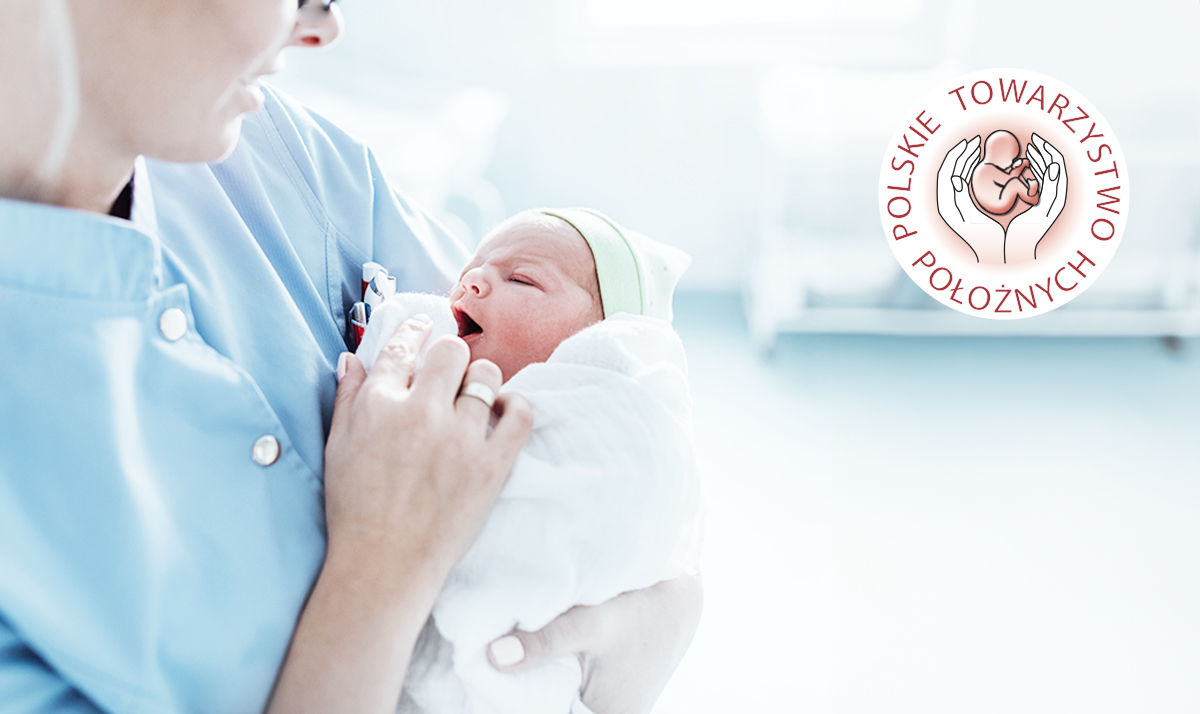Pediatricians take care of every health problem of a child and only a few “adult” specialties take care of a child, these include, among others, dermatology.
Dermatologists must be familiar with the skin of a child and as an adult. And this is not an easy task, since this our largest organ (adult skin weighs from 3-4 to even 20 kg!) has a different structure, functions and problems in children than in adults. It is only around the age of 3 that a child’s skin begins to resemble that of their parents.
Because of the aforementioned difference, the baby’s skin does not have efficient defense mechanisms, so it is sensitive, thin and prone to irritation. Moreover, as a result of its immaturity, it requires :
- gentle cleaning
- protection
- avoiding irritants.
We’ll be looking at these three above aspects of baby skin care below.
We’ll start with the first bath of a newborn, when and how?
In a newborn, a baby’s first bath according to the WHO should be no sooner than 6 hours after birth, should last a maximum of 5 minutes and should be limited to sensitive areas: joint flexures, folds, diaper area, neck and face. How many degrees should the water be ? 37-37.5^C, although in other sources 34-36^C, and the air temperature should be 21-22^ C.
How often to bathe afterwards?
We bathe newborns and small infants (until they gleefully crawl in the grass) 2-3 times a week (no need for daily !), for 5-10 minutes, washing mainly the previously mentioned sensitive areas. The water in the tub should reach the baby’s hips. After that, bathing can be a daily ritual, but it should still not be longer.
And the umbilical cord stump?
We should clean once a day with a clean gauze pad soaked in water. It should not be soaked, but getting the stump wet while bathing is not dangerous. Other agents, such as octenidine, can be used for navel care, but this should not be the rule.
If there is visible irritation, foul odor or pus discharge from the navel, consult a pediatrician or dermatologist.
What to bathe in?
For washing the sensitive skin of children, there are syndets or “soapless soaps” that do not destroy the protective layer, which is the lipid mantle.
The lipid mantle (also known as the hydrolipid mantle) regulates epidermal hydration and absorption of external preparations.
In children it has a different composition than in adults, with less fatty acids and more cholesterol, resulting in less water binding in the epidermis and a tendency to dry out.
We choose agents without dyes, preservatives, without intense fragrance, so we are guaranteed to be gentle.
How about washing with water alone?
Well, unfortunately, washing with water alone causes dryness, irritation, reduction of skin hydration.
And what about after the bath?
What about emollients, so readily used by new parents?
Proper skin does not require additional lubrication.
Gently dry the baby’s skin with a cotton towel without rubbing.
However, when it occurs:
– Physiological exfoliation of the skin in the 2nd-4th week of life
– Dry skin in a child with a family history of atopic skin disease
– skin diseases in which the doctor so recommends then you can add emollients to the bath or lubricate the skin with them.
So how do you finally protect that skin?
Prevention of skin diseases in a healthy child involves reasonable care as we described above and avoiding irritation, which will be discussed below.
Excessive application of lubricants can cause cosmetic acne, perspiration, seborrheic dermatitis.
The skin of the diaper area is unique in this regard, although here, too, one should not overdo it, as thick layers of creams to protect against urine and feces can irritate. This area is washed with water, diapers are changed after every stool or every 2-3 hours ( although some manufacturers assure that their product can be worn 12 hours), if there is redness of the epidermis we use a barrier cream.
And finally, what’s the deal with avoiding irritation?
The idea is to avoid exposure to irritants such as chemicals and UV radiation. What a baby’s skin comes into contact with should be the least invasive possible to its fragile defense mechanisms.
Nowadays, despite such a huge choice, it is difficult to choose a product for washing, baby care, sunscreen, washing powder, sometimes even clothes.
When reading product leaflets with the description ” dermatologically tested” or “for babies” or “natural,” one wonders if someone has actually signed off on the safety of the product. Binding, however, are the opinions of major medical centers involved in children’s health, e.g. Mother and Child Institute or Children’s Health Center.
Finally, we wish you nothing but good experiences with your children’s skin care. For us, this is just the beginning of a medical advice series, during which we will

Authors:
Lek. Hanna Siankowska Specialist in Pediatrics
Dr. n. med. Kalina Welz-Kubiak Specialist in Dermatology and Venereology
Bibliography:
- Kisiel K. Dzilińska K. Skin care of the newborn and young child. Medical Standards Pediatrics 2015;12: 207-212.
- Szczapa J. Skin care of the newborn and infant. Medical Standards Pediatrics 2017;14: 527-530.
- Ruszkowska L. Skin care of the newborn and young child – the position of pediatric dermatologists. Medical Standards Pediatrics 2012;9: 247-250.
- Blume-Peytavi 1, M J Cork, J Faergemann, J Szczapa, F Vanaclocha, C Gelmetti Bathing and cleansing in newborns from day 1 to first year of life: recommendations from a European round table meeting. J Eur Acad Dermatol Venereol 2009 Jul;23(7):751-9.
- N Garcia Bartels 1, A Mleczko, T Schink, H Proquitté, R R Wauer, U Blume-Peytavi Influence of bathing or washing on skin barrier function in newborns during the first four weeks of life. Skin Pharmacol Physiol 2009;22(5):248-57.
- Galzote C et al. Opportunities for mild and effective infant cleansing beyond water alone. J Am Acad Dermatol 2007; 56 (2):158.




